Picture this: You’re at a carnival, and pricing is the ring toss game. Your competitors? They’re the cocky players who keep winning stuffed unicorns. Price tracking is your secret cheat code—the trick to finally nailing that perfect throw. It’s not about racing to the bottom with discounts (yawn). It’s about knowing when to charge extra for the glitter-covered funnel cake vs. when to offer a “buy 5, get 1 free” cotton candy deal. Startups, legacy brands, even that guy selling handmade soap on Etsy—this is how you avoid pricing like a lost tourist at the carnival.
Let’s cut the jargon. Price tracking is basically stalking your competitors’ prices… but legally. Here’s the tea:
The Nitty-Gritty: You watch what rivals charge for stuff that’s kinda like yours. (Yes, even when they drop prices at 2am like they’re hiding a body.)
The Real Reason: It’s not about being the cheapest. It’s about sniffing out why Karen’s Kombucha charges $8 a bottle. Is it organic? Or did they just hire a fancy designer for their label?
The Game Plan: Use this dirt to tweak your own prices. For example:
Reality Check: If your $50 gym shorts aren’t selling, but Becky’s Boutique sells out at $55? Maybe your “anti-chafing tech” isn’t the hero you think it is.
Pro Tip: Track at least 3 competitors. One’s clueless, two’s a coincidence, but three? Now you’ve got a trend. And if all else fails, throw confetti on your product page and call it “festive pricing.”
Price tracking lets you reverse-engineer rivals’ strategies like a detective solving a pricing mystery. Example:
Prices change faster than a viral dance challenge. Nail this:
Black Friday isn’t about who can bleed the most cash. Win it:
Data > crystal balls. Case study:
When your rival slashes their blender price by $10, it’s like they’re shouting, “CUSTOMERS, LOOK AT ME!” Your move:
Match their $150 price (even if your margin drops from $40 → $30 per blender).
Boost sales by 25% (100 → 125 units/month).
Profit math: $3,750 total (vs. $4,000 before). Seems meh? Wrong. You just blocked 25 customers from defecting to Competitor X’s “sale of the century.”
Best Buy’s $300 smartwatch ($60 profit) faces a competitor’s $280 flash sale. Their play: Price at $285. Result:
Translation: Being slightly cheaper is like bringing a slightly fluffier puppy to the park—you still win.
Amazon drops a $20 book to $18. Sales spike 20% (500 → 600 copies). Profit per book dips $2, but total profit holds at $10,800 (vs. $10,000 before). Plus, they clear shelf space for actual moneymakers (looking at you, Fire Stick).
Uber surges fares to $40 during concert chaos (normally $20). Even with 10% fewer rides:
A boutique spends $500 on Instagram ads after spying rivals’ prices. A 3% conversion bump on a $50-profit product means:
Walmart prices 5% below rivals. Foot traffic jumps 5%. Margins shrink, but volume soars:
Alright, let’s get into the nitty-gritty of how businesses keep tabs on what the competition is charging. These are some of the primary methods used for competitor price tracking:
This is the old-school approach. You or your team regularly check competitors’ websites, jotting down prices. It’s like keeping a diary, except it’s full of your competitors’ pricing strategies rather than your personal secrets.
✅ Benefits: It’s low-cost and straightforward. You get a firsthand look at your competitors’ pricing and presentation.
❌ Disadvantages: It’s time-intensive and not scalable. The risk of human error is high, and the data can become outdated quickly.
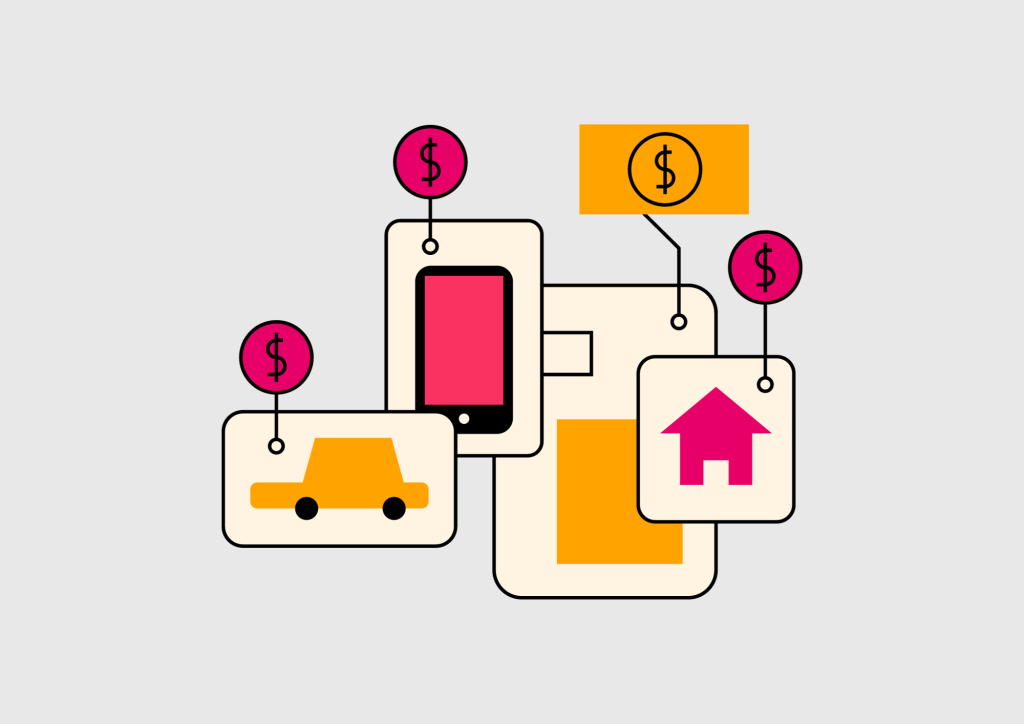
With this method, you use tools that alert you to changes on competitors’ websites. Whether it’s a price drop on a product page or a new discount code on the homepage, you’re the first to know.
✅ Benefits: Automated alerts for changes mean you’re always up to date. It’s a set-and-forget solution that keeps you informed about the latest changes without constant manual effort.
❌ Disadvantages: It may not capture all types of changes, and there’s a possibility of alert overload or missing out on context behind the changes.
Think of this as the Swiss Army knife in your price tracking toolkit. It’s an all-in-one solution that not only tracks prices across various competitor platforms but also analyzes the data to give you actionable insights.
✅ Benefits: High efficiency and comprehensive analysis tools. It can track a large number of competitors across different markets and provide historical data trends.
❌ Disadvantages: Can be costly and may have a learning curve to use effectively. It also depends on the software’s ability to accurately scrape data from various sources.

These firms are like private detectives for hire. They can dig up all sorts of information on your competitors, including pricing, and present you with a detailed report. It’s pricier than other options, but it can also be the most thorough.
✅ Benefits: Expert analysis with qualitative and quantitative data. They can provide a wide range of insights, not just on pricing but also on market conditions and competitor strategies.
❌ Disadvantages: This can be the most expensive option and may not be as real-time as other methods.
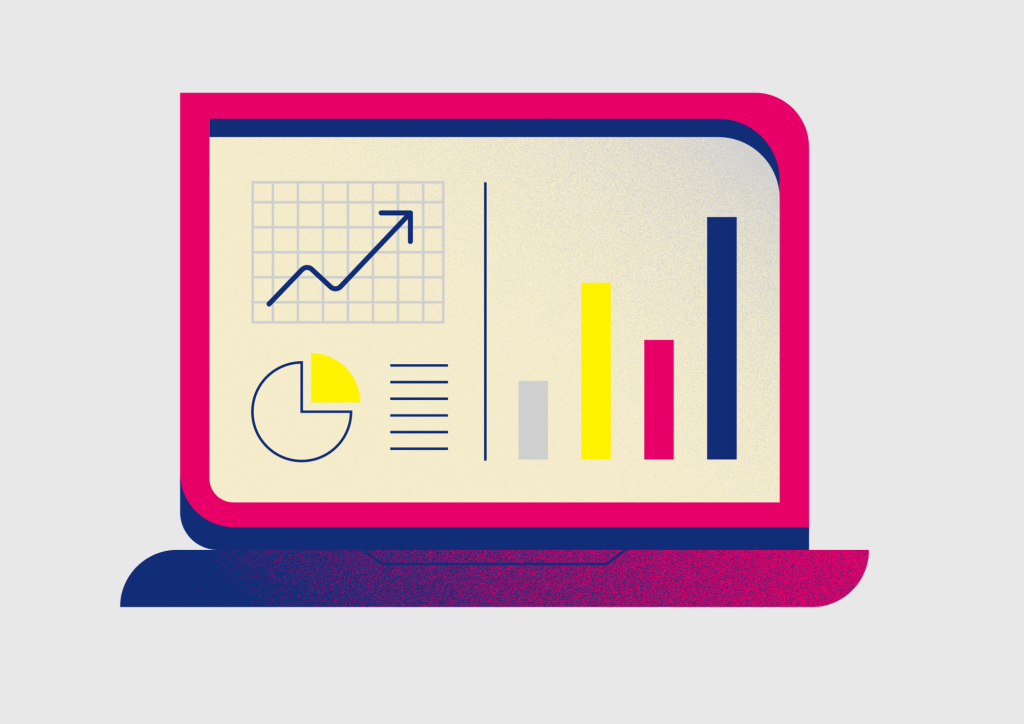
These are the bots of the price tracking world. Set them up to crawl the web for specific data on competitor prices, and they’ll fetch it for you, usually much faster than any human could.
✅ Benefits: It’s an automated way to gather large amounts of data. Ideal for when you need to monitor numerous competitors or a large catalog of products.
❌ Disadvantages: It requires technical knowledge to set up and maintain.
Benefits:
Downsides:
Benefits:
Downsides:
Hybrid Hack: The “Best of Both Worlds” Playbook
Pro Tip: Use automated alerts for price drops, then manually check if it’s a strategic move or a glitch.
Manual tracking is like using a horse-drawn carriage in a Formula 1 race. Automation? That’s your turbocharged engine.
Humans typo. Bots don’t. Automation = no more “$10” instead of “$100” oopsies.
Prices change? You’ll know before your coffee cools.
Automated tools don’t just track—they predict holiday price hikes, spot trends, and whisper “Raise prices next Tuesday.”
Why pay Sally $50k/year to copy-paste prices? Let bots sweat the small stuff.
Tracking 10 products? Easy. 10,000? Automation scales while you sleep.
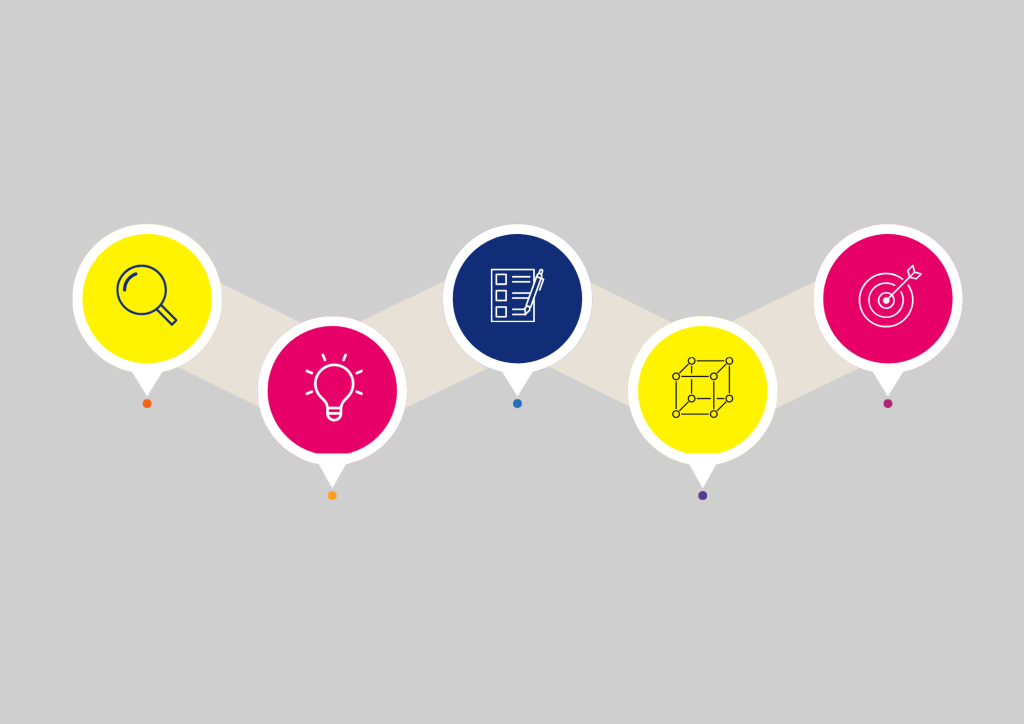
First, figure out who’s actually stealing your customers. Hint: It’s not just the obvious rivals.
Pick software that doesn’t make you want to yeet your laptop. Priorities:
Track more than just prices. Get nosy about:
Collect data like a squirrel hoarding acorns. Then:
Use data to:
Picking the right software isn’t just about features—it’s about weaponizing data to outmaneuver rivals. Here’s why this choice matters:
Real-Time Alerts: Get pinged when rivals drop prices faster than a mic at a rap battle.
Profit Margin Calculators: Because guessing if a $5 discount will bankrupt you is not a strategy.
Competitor Mapping: Track not just prices, but their entire lineup—like a spy with better hair.
We’ve already done the legwork (and the head-scratching). In our price tracking tools guide, you’ll find:
Tool breakdowns: From budget-friendly starters to enterprise-grade beasts.
Feature showdowns: Who’s got AI-powered predictions? Who’s stuck in 2012?
Pricing tea: Which tools cost less than your team’s monthly coffee budget.
Don’t be the person with goals like “track stuff, maybe?” Get surgical:
Skip tracking every Tom, Dick, and Harry. Focus on the real threats:
Tools are like dating profiles: don’t fall for the flashiest. Match based on:
Set up your tool like a spy setting up surveillance:
Connect your tool to inventory/CRM systems like a tech wizard:
Turn your team into data ninjas:
Audit your system quarterly:
After setting up your price tracking system, you’ll want to maximize its potential by monitoring and analyzing the data effectively. Here are some pro tips to enhance the value of the insights you gain and make the most of your price tracking endeavors:
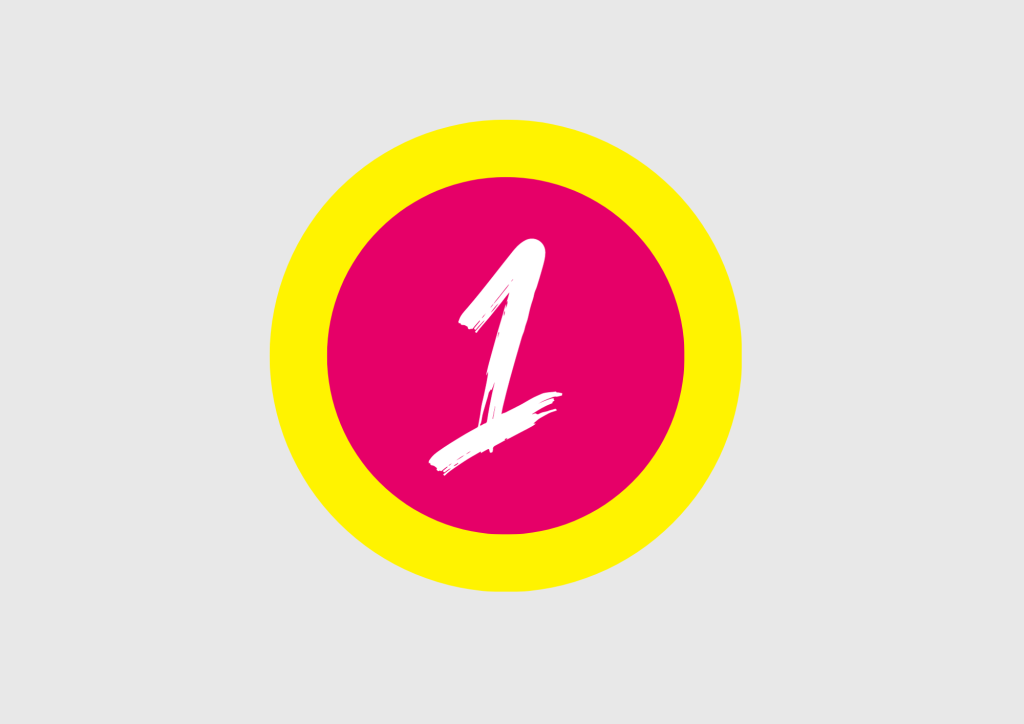
Stay Alert and Proactive: Set up notifications for essential changes in your competitor’s pricing, but establish clear thresholds for what changes warrant action. This keeps you proactive rather than reactive, allowing you to respond to market shifts with precision.
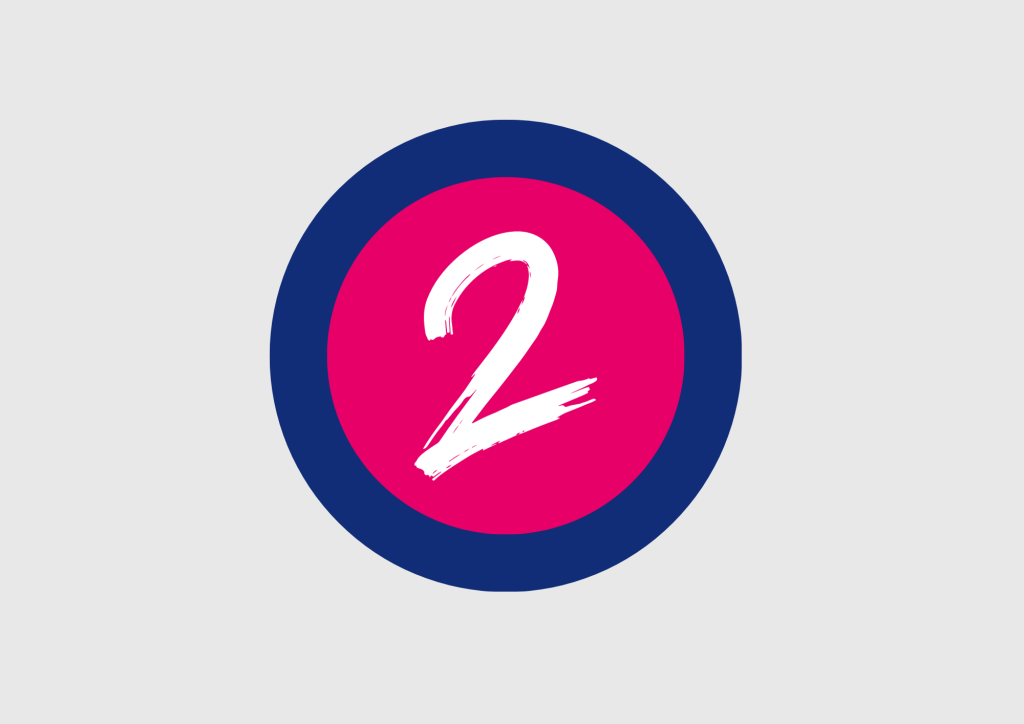
Dive Deeper Than Price: Don’t just collect data on pricing—analyze the entire value proposition of your competitors. Factor in their service, shipping policies, and package deals to understand their strategy fully. To access all your competitor data you can perform competitor analysis with tools like Competitors App.
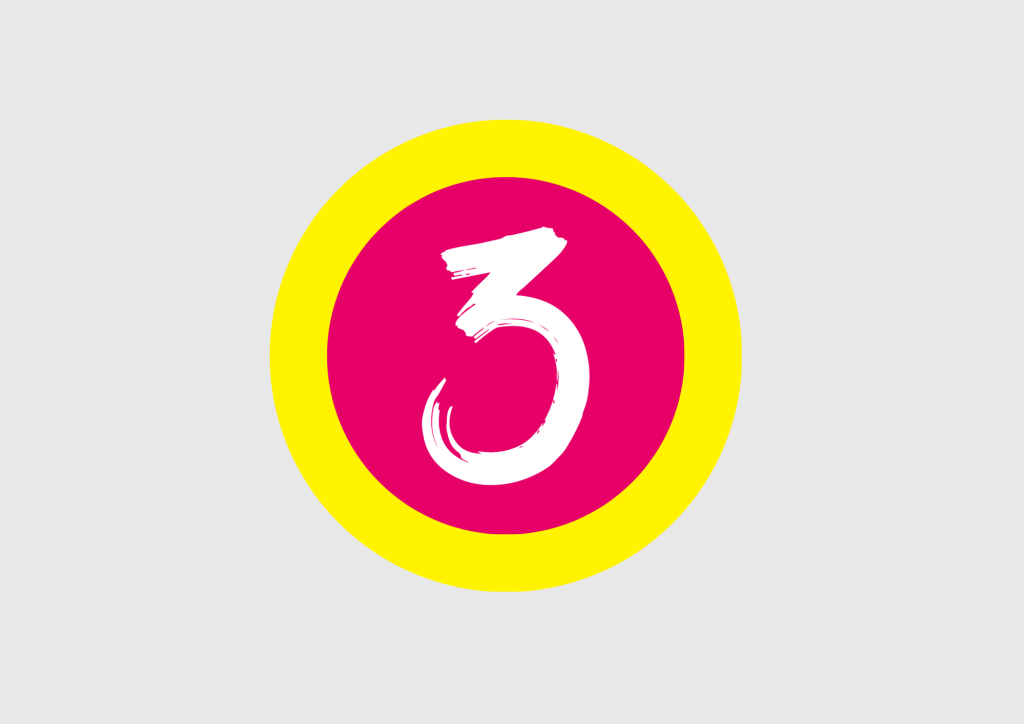
Understand the Motivation Behind Changes: When a competitor changes a price, ask why. Are they clearing inventory, reacting to market changes, or repositioning their brand? Recognizing their reasons can give you an edge, allowing you to counteract effectively.
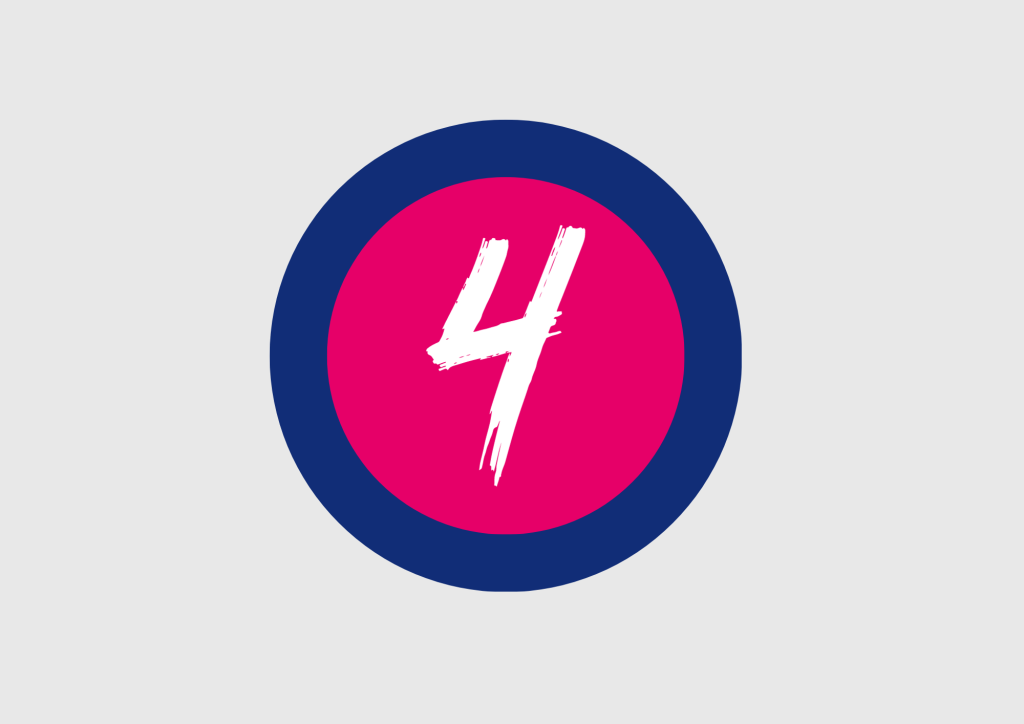
Keep Tabs on Market Trends: Broad industry trends can affect pricing strategies. Stay abreast of these trends so you can understand your competitors’ moves within the larger market context.
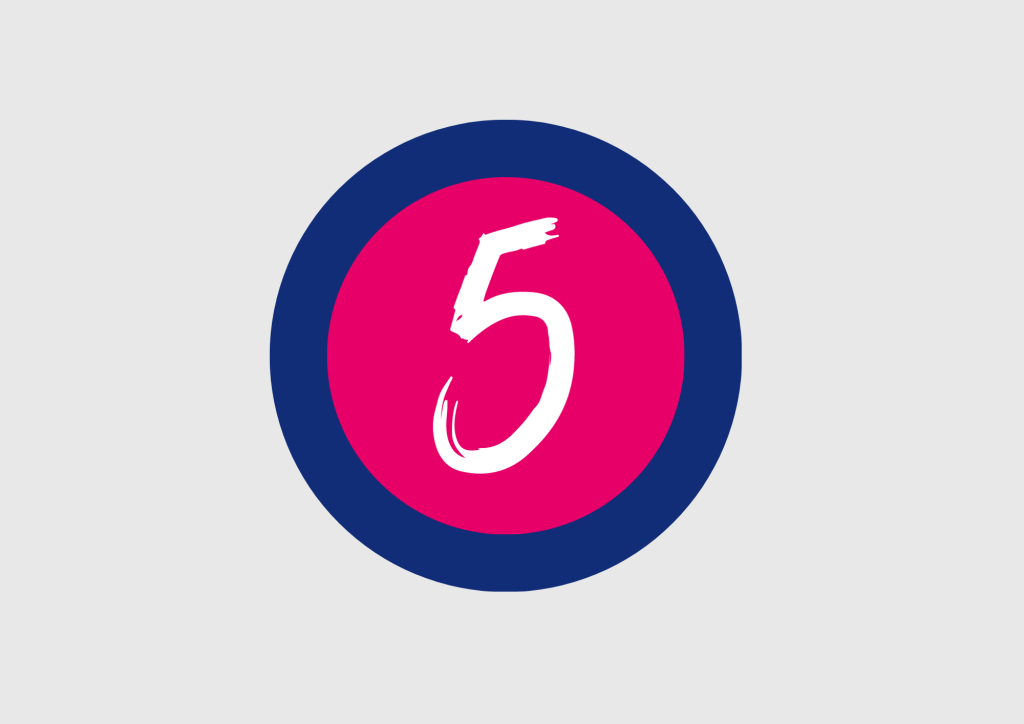
Recognize Patterns and Timing: By identifying when and how often competitors adjust their prices, you can predict future behavior and time your pricing moves strategically.
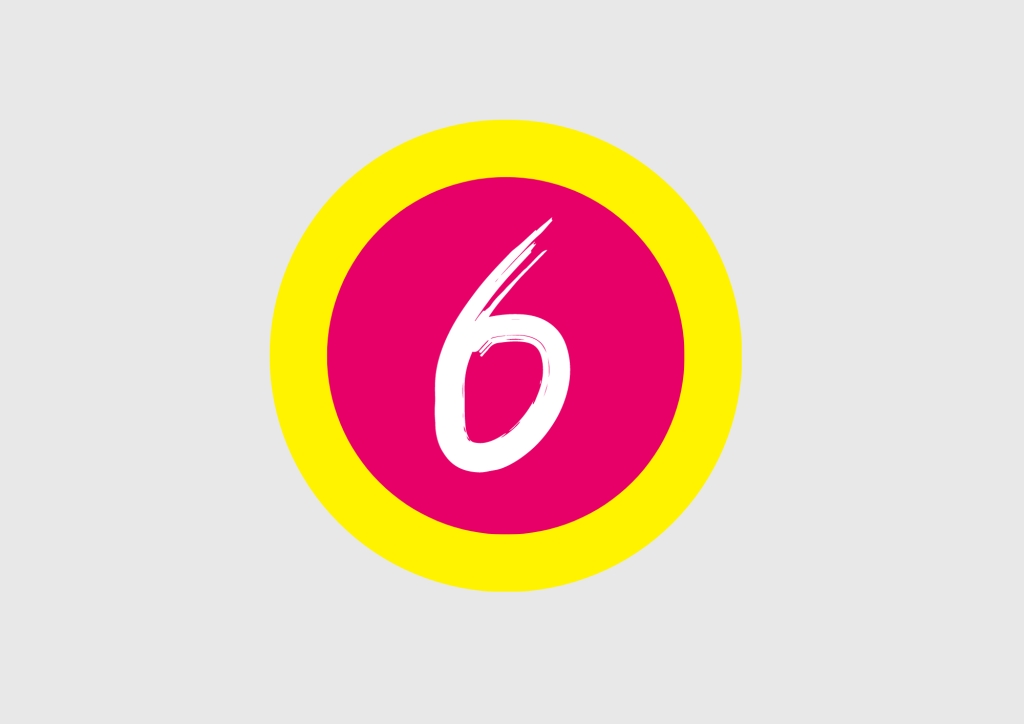
Forecast with Historical Data: Use past pricing data to predict future trends. This historical analysis is key to planning your inventory and promotional activities.
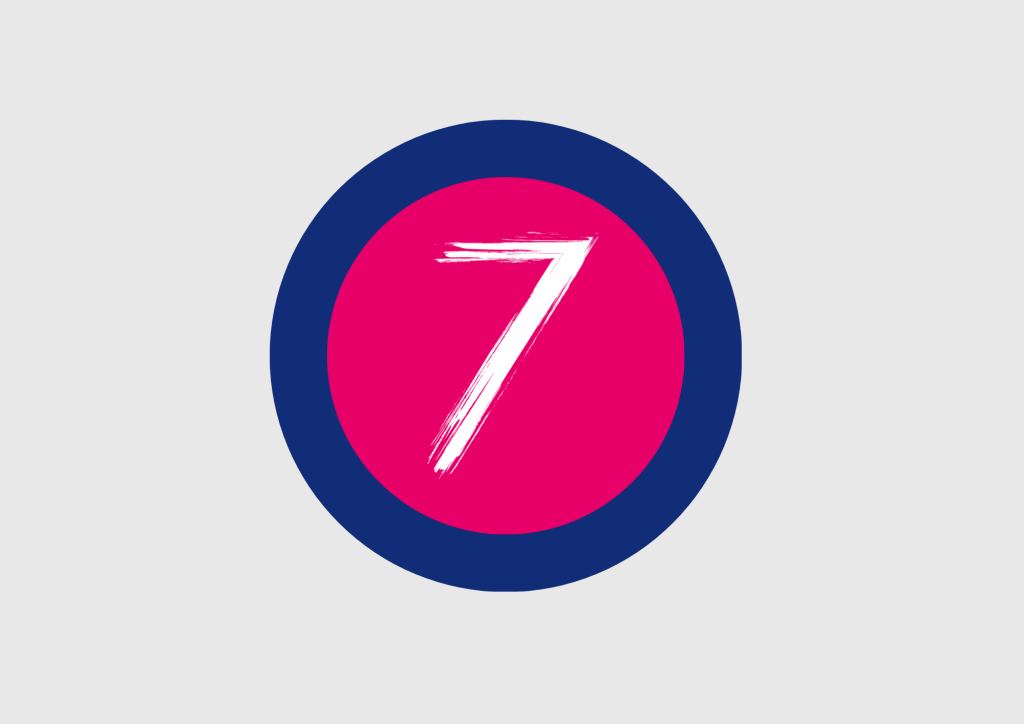
Ensure Data Accuracy: Regularly cross-reference collected data with actual prices to maintain data integrity. Accurate data is the foundation of sound pricing strategy.

Facilitate Company-Wide Sharing of Insights with Sales Battlecards: Share pricing intelligence with various departments to inform wider business strategies. This collaborative approach can translate into a well-rounded competitive strategy. Sales battle cards can be particularly helpful in achieving that.
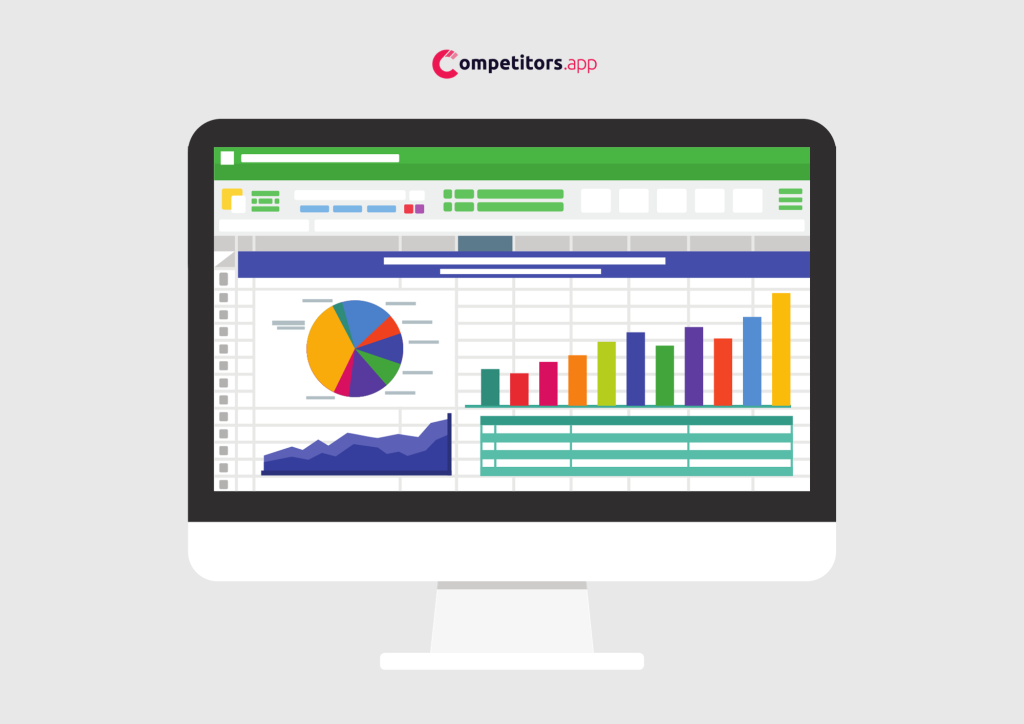
Columns to include: Competitor Name | SKU | Their Price | Date | Discount Notes (e.g., “Karen’s 3am fire sale”).
Pro Tip: Color-code tabs by competitor—Target = red, Walmart = blue, that sketchy eBay seller = neon green.
Example: Track Competitor X’s sneaker prices in real-time. Watch their $150 shoes magically drop to $99 during your lunch break.
Pivot Tables: Group prices by month to spot patterns (“Oh, Competitor Y panic-discounts every quarter-end!”).
Conditional Formatting: Turn cells red when your price is higher (”Code Red: We’re getting roasted on TikTok!”).
Formula: =(CompetitorPrice - YourPrice)/YourPrice*100 → Instantly see if you’re 15% pricier (and why Karens are ghosting you).
Example: Your $50 yoga mat vs. Competitor’s $45 → “-10%” = time for a “But ours comes with free sage!” promo.
Line Graphs: Show how Competitor Z’s prices nosedive every Black Friday (like clockwork).
Pro Tip: Add emojis to chart titles (“📉 Competitor Meltdown: Q4 Edition”).
Formula: Correlate your sales data with price changes. Find out if a $5 price hike murdered your sales (spoiler: it did).
Scatter Plots: Plot “Price” vs. “Units Sold” → Realize your $20 T-shirts sell like hotcakes, but $25 ones gather dust.
What-If Analysis: Ask, “What if we undercut Competitor X by $2?” → Excel says “Sales go brrrr.”
Goal Seek: Calculate the price needed to hit $100k profit (spoiler: sell each unit for $69.420).
Summary Sheet: Pull key stats → “Competitors dropped prices 12x this month. We’re getting outsold by a guy named Dave on Etsy.”
Pro Move: Add a “Panic Button” tab with pre-written responses (“Launch 10% flash sale NOW”).
What: Mirror rivals’ prices to avoid WWIII in your market.
When: Launching a startup in a ”Why is everyone charging $10?” industry.
Example: New coffee shop matches Starbucks’ $5 latte → survives long enough to meme about it.
Pro Tip: Use parity pricing as training wheels—then pivot when you’ve got clout.
What: Charge more because ”Our logo looks better on Instagram.”
When: You’re the Tesla of your niche (or at least act like it).
Example: $100 white T-shirts with “ethically sourced cotton” labels.
Pro Tip: Throw in a free sticker. Suddenly, overpricing feels ~sustainable~.
What: Slash prices to attract bargain-hunting gremlins.
When: Clearing last year’s inventory (cough fidget spinners cough).
Example: “$50 → $30! (But we’ll never admit it’s 90% profit margin).”
Pro Tip: Time discounts when competitors’ stock is low—kick ‘em while they’re weak.
What: Price = Cost + 20% (because you deserve a margarita).
When: Selling handmade artisanal… anything on Etsy.
Example: $5 materials + $5 labor + $10 “I’m an artist, okay?” fee = $20.
Pro Tip: If competitors undercut you, add “small batch” to the product title.
What: Change prices faster than a TikTok trend.
When: Selling umbrellas during a monsoon (cha-ching!).
Example: Uber but for toilet paper during 2020.
Pro Tip: Blame algorithms. “Sorry, the AI demands $10 extra.”
What: Charge $500 because your app has one extra feature.
When: You’ve got a cult following (or a really good salesperson).
Example: Apple charging $999 for a stand. ”But it’s… elegant!”
Pro Tip: Add “premium” to the product name. Instant +20% price power.
What: Lure customers with dirt-cheap intro prices → hike later.
When: Launching a product no one asked for (looking at you, Google+).
Example: $1/month streaming → $15/month once you’re hooked.
Pro Tip: Raise prices slowly.
What: Start high → lower prices as hype dies.
When: Selling gadgets to people who camp outside stores.
Example: iPhone launch price: $1,200 → $800 six months later.
Pro Tip: Call early adopters “visionaries” to justify the markup.
What: Set prices so high/low, competitors have to follow.
When: You’re Amazon and can sneeze the market into chaos.
Example: “Prime Day is now… EVERY DAY.”
Pro Tip: Whisper “I’m the captain now” during board meetings.
What: “Find it cheaper? We’ll match it!” (…but we’ll judge you).
When: Competing with Walmart’s “how is this legal?” prices.
Example: Best Buy’s price match → ”Fine, take your $5 discount, Karen.”
Pro Tip: Train staff to say “Wow, great find!” through gritted teeth.
What: Avoid anything that looks like a secret handshake with rivals. Price-fixing = jail time.
When: Adjusting your prices after stalking competitors’ public data? Legal. Texting them to “align strategies”? Not so much.
Example: Gas stations on the same block mysteriously charging identical prices? Hello, FTC investigation.
Pro Tip: Act like you’ve never heard of your competitors. “Who’s Amazon? Sounds sketchy.”
What: Track prices, not people. If your data includes Karen’s home address, you’ve gone too far.
When: Using tools that scrape public pricing vs. tools that hack into customer accounts. Stick to the first.
Example: Aggregating “$50 sneaker deals” = fine. Tracking “Karen bought these sneakers at 2am” = lawsuit fuel.
Pro Tip: Pretend GDPR is your overprotective parent. “No cookies unless you ask nicely!”
What: Scrape prices, not entire websites. Terms of Service aren’t just fine print—they’re a legal trapdoor.
When: Using bots to grab public pricing data = okay. Copying competitor product descriptions word-for-word = not okay.
Example: Building a tool that mirrors Competitor X’s pricing page? Cool. Mirroring their entire website? Prepare for a cease-and-desist.
Pro Tip: If your developer mutters “reverse engineering,” slap the keyboard out of their hands.
What: Be the Gandhi of pricing. Fake discounts (“Was $1000, now $999!”) erode trust faster than a TikTok scandal.
When: Listing “$99 + $50 shipping” instead of “$149 with free shipping.” Spoiler: Customers hate math.
Example: Airlines advertising “$49 flights” (plus $200 in fees) = how to become the villain of Reddit.
Pro Tip: If your pricing needs a decoder ring, you’ve already lost.
What: Use data to outsmart rivals, not sabotage them.
When: Lowering your prices after spotting a competitor’s sale = smart. Spreading rumors they’re going bankrupt = clown behavior.
Example: “Our analytics show Competitor Y’s prices dropped 10%” → ”Time for a flash sale!” ✅
Pro Tip: If your strategy involves burner accounts or fake reviews, touch grass.
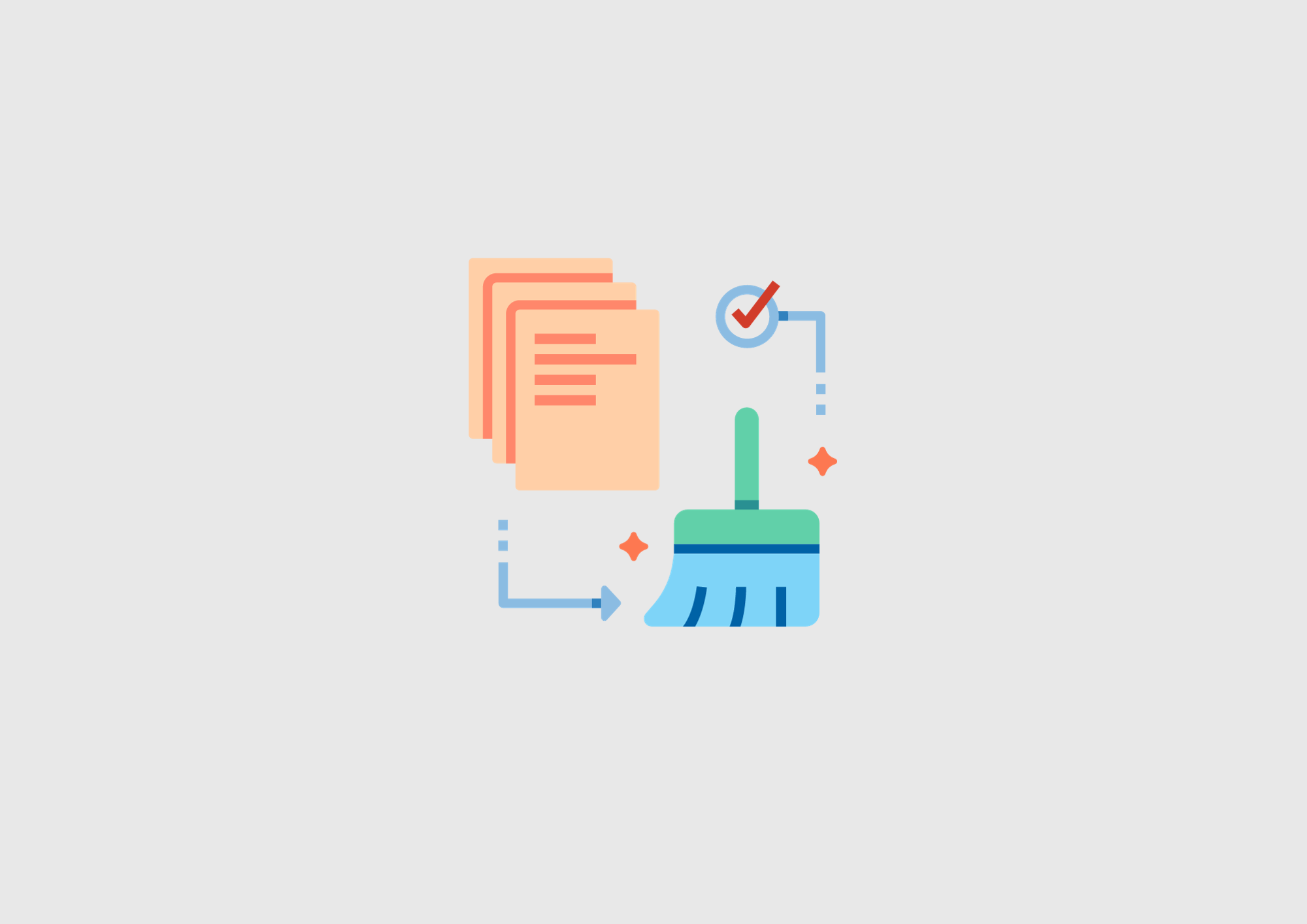
Data Overload:
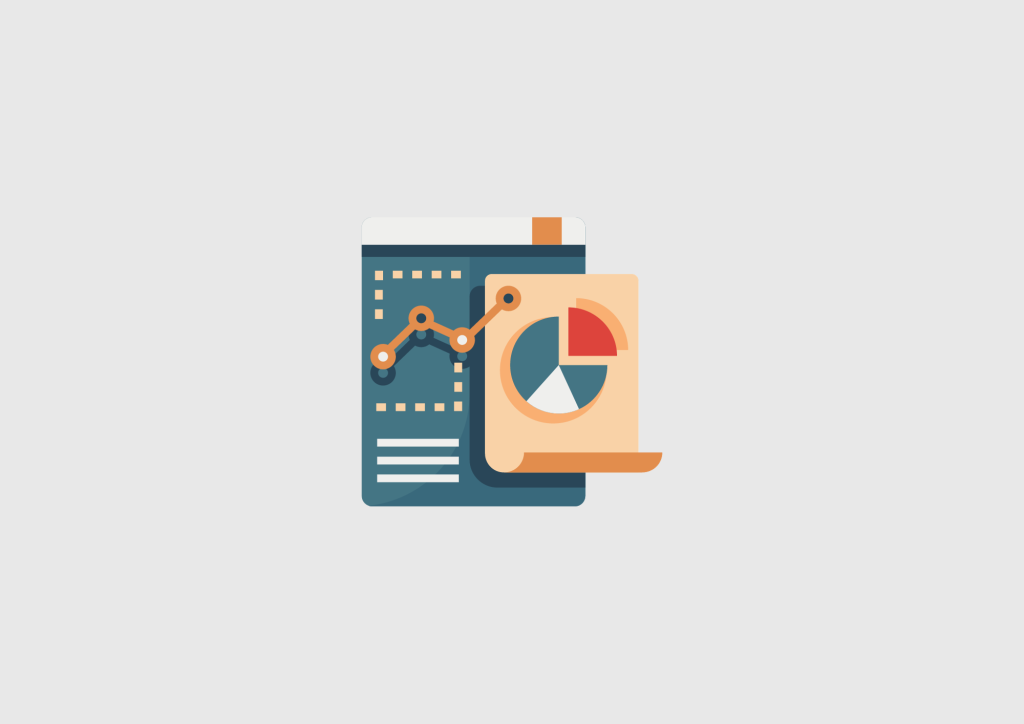
Rapid Market Changes:
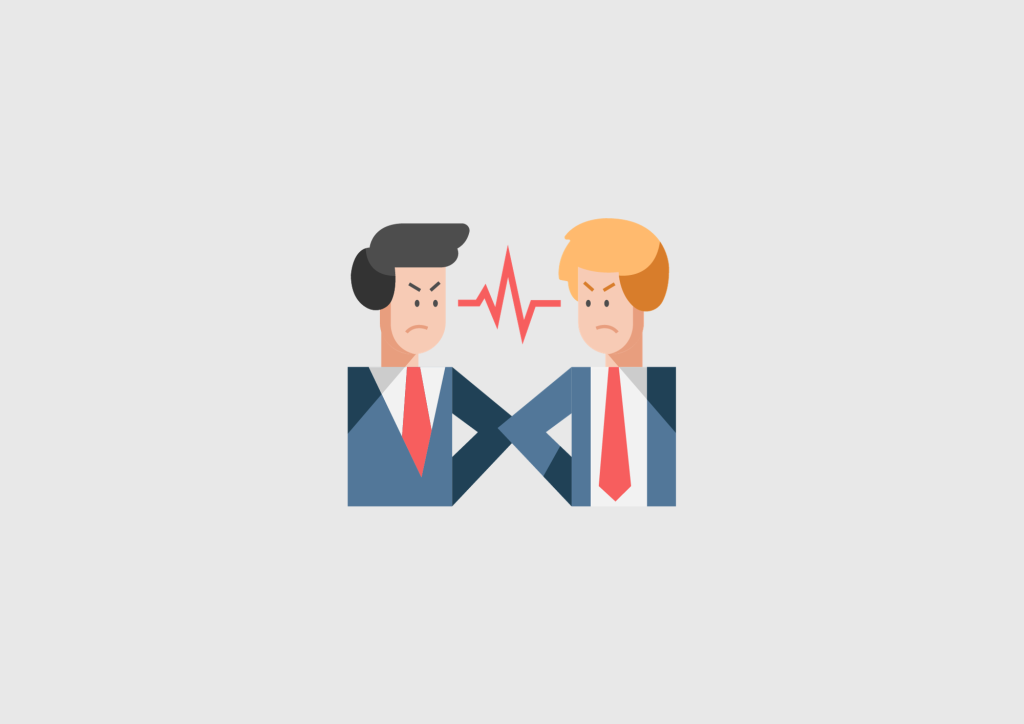
Matching Competitor Prices:
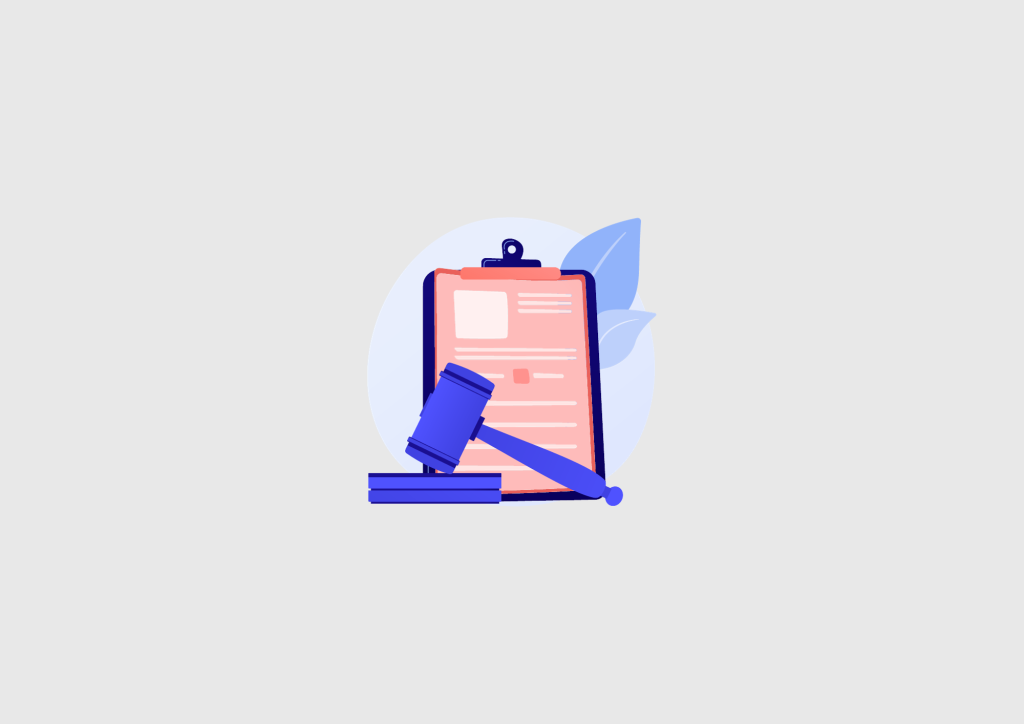
Legal Risks:

Price Wars:
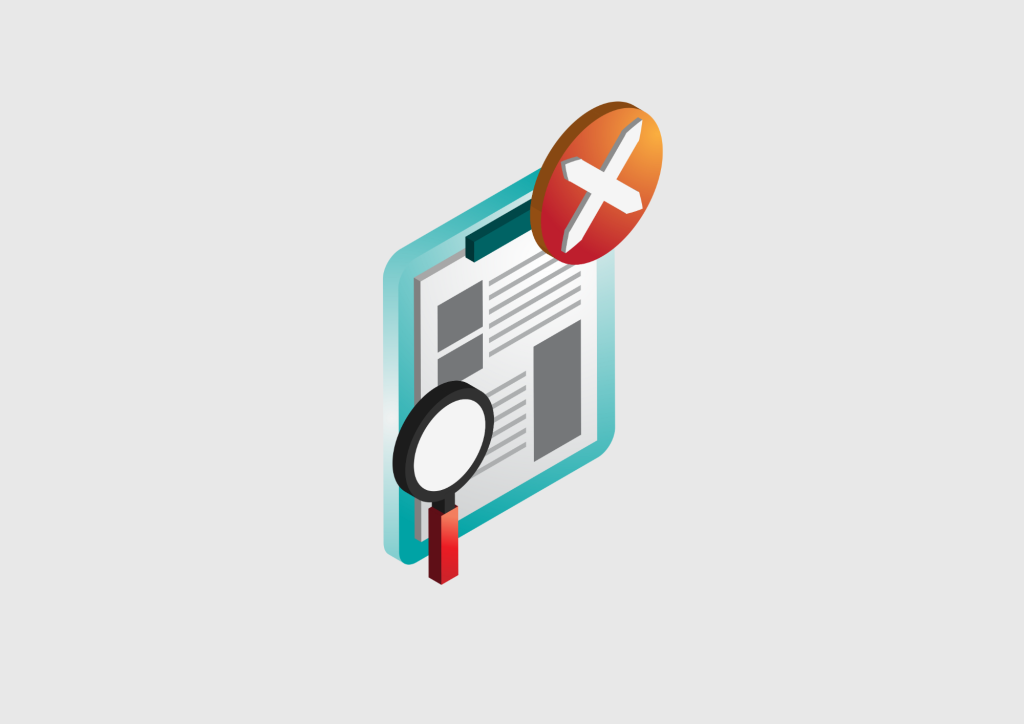
Misinterpreting Data:
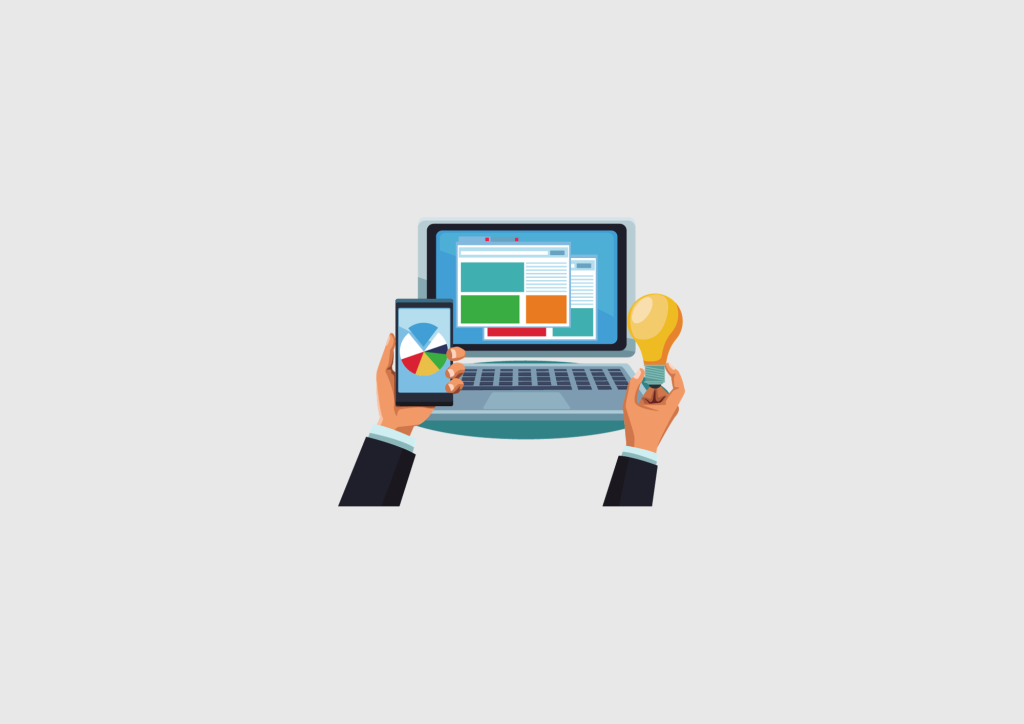
Technology Dependence:

Keeping Up with the Right Competitors:
Examining the success stories of businesses that have effectively used competitor price tracking and analysis can provide valuable insights. Here are a few examples of how different companies have harnessed the power of this strategy:
Amazon: Dynamic Pricing Mastery Amazon’s use of dynamic pricing allows it to adjust prices on millions of products daily. By monitoring competitors’ prices and market demand, Amazon can optimize its pricing to stay competitive. This strategy has contributed to Amazon’s reputation as a go-to destination for competitive pricing, driving customer loyalty and sales.
Walmart: Price Matching Guarantees Walmart’s price matching policy assures customers they’re receiving low prices for their purchases. This commitment to competitive pricing has solidified Walmart’s market position as a price leader and established trust among consumers.
Best Buy: Turnaround with Price Competitiveness Best Buy implemented a price matching guarantee to combat showrooming, where customers browse in-store but buy online at lower prices. By ensuring competitive in-store prices, Best Buy improved its price perception among customers, contributing to a successful turnaround for the company.
Nordstrom: High-Touch Customer Service with Competitive Pricing Nordstrom combines premium pricing with a value-added approach through exceptional customer service. By keeping a close eye on the competition, Nordstrom ensures its pricing strategy complements its brand reputation for high-quality service and merchandise.
Airbnb: Competitive Pricing in the Sharing Economy Airbnb’s pricing algorithm considers various factors, including competitor pricing, to suggest optimal rates to hosts. This tool has helped Airbnb hosts stay competitive in various markets, which has been crucial for the company’s rapid growth and scalability.
These companies showcase the effectiveness of different pricing strategies, from dynamic pricing to price matching and value-based pricing. Their ability to adapt to market changes and leverage competitor data has made them leaders in their respective industries. Each story underscores the importance of integrating competitor price tracking into overall business strategy for long-term success.
The future of price tracking is poised to become even more sophisticated as advancements in technology, especially in artificial intelligence (AI), continue to evolve. Here’s a glimpse into what’s on the horizon for price tracking:
These trends indicate a future where price tracking is not only about responding to competitors but also about proactively shaping the market through strategic, data-driven decisions enabled by AI.
In the intricate dance of market competition, competitor price tracking is an indispensable step. From understanding the basics of price tracking to navigating the complexities of applying competitive pricing strategies and adhering to legal and ethical standards, businesses are armed with a wealth of strategies to help them thrive. Real-world success stories demonstrate that whether you’re a retail giant or a boutique store, the right approach to price tracking can lead to remarkable outcomes.
Looking ahead, the integration of AI into price tracking promises to revolutionize how businesses set and adjust their pricing strategies. With the potential for real-time optimization, personalized pricing, and predictive analytics, the future of price tracking is an exciting frontier that’s brimming with possibilities. As technology evolves, so too will the tools and techniques for competitive analysis, offering finer control and smarter insights into pricing.
Yet, with great power comes great responsibility. The emerging trends in price tracking will require businesses to stay vigilant about ethical practices and navigate the regulatory landscape with care. By staying informed and adaptable, businesses can leverage these advancements to create value for their customers and maintain a competitive edge.
As we wrap up this exploration of competitor price tracking, one thing is clear: the businesses that best understand and adapt to the dynamic nature of pricing will be the ones that lead the pack. Embracing innovation and maintaining agility in pricing will not just be a best practice but a necessity for success in the digital age.
You should update your competitor price data as often as the market dictates. For high-velocity sectors like technology and fashion, this could mean several times a day. For more static industries, weekly or bi-weekly updates may be adequate. The goal is to have fresh data that reflects the current market, allowing for timely strategic decisions.
The frequency of tracking competitors' prices should mirror the frequency of price changes in your market. If you're in an industry where prices change rapidly, such as airline tickets or electronics, you might benefit from tracking these changes in real-time. In less volatile sectors, less frequent monitoring may be more practical and just as effective.
Competitors price tracking is both legal and ethical, provided you're using publicly available data and not infringing on any copyrights or proprietary information. It's a standard practice to stay competitive and serve customers better. However, it's important to conduct this tracking in a way that respects consumer privacy and complies with all relevant antitrust laws.
A competitor pricing method refers to the strategy of setting prices relative to your competitors’ pricing. This can involve matching their prices, undercutting them to become the cost leader, or exceeding them if your product provides additional value or brand prestige.
An example of competitive-based pricing is a retailer who prices a product at $99, knowing that the majority of their competitors price the same product at $109. This strategy makes the retailer's price appear more attractive to price-conscious consumers, potentially increasing their market share within that product category.
Competitors App SRL
support at competitors.app
Sanzienelor 3, Sibiu, Romania
+1 (302) 208-7954